The Leucanthemum Guide
Leucanthemum, commonly known as Shasta Daisy, is a classic perennial admired for its cheerful, daisy-like blooms and long flowering period. With bright white petals surrounding sunny yellow centers, Leucanthemum adds timeless charm and vibrant contrast to perennial beds, borders, and cottage gardens. Its upright form, dependable blooming, and tolerance to a range of conditions make it a favorite among both beginner and experienced gardeners.
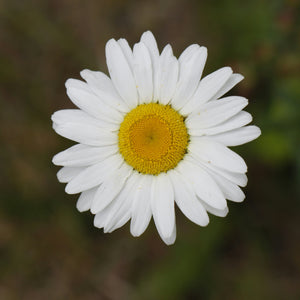
About
Leucanthemum is a genus in the Asteraceae family, primarily native to Europe, with Leucanthemum × superbum being the best-known garden hybrid. These plants are recognized for their neat, clumping habit and long-lasting flowers that bloom throughout summer. Their strong stems and crisp, white flowers are ideal for cut flower arrangements.
Popular cultivars include Leucanthemum x superbum 'Becky', a tall and robust variety prized for its large blooms and strong stems; 'Alaska', a classic early bloomer with abundant white flowers; and compact types like 'Snowcap' and 'Snow Lady', which are ideal for smaller gardens or edging. Newer selections such as 'Real Dream' and 'Victorian Secret' offer enhanced form and extended bloom times.
Leucanthemum is deer-resistant, drought-tolerant once established, and loved by pollinators. Its versatility and visual appeal make it an essential component of sunny perennial gardens.
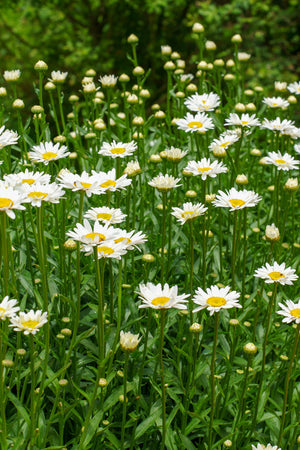
PLANTING
Leucanthemum is easy to establish in a range of garden settings as long as it's given the right conditions:
- USDA Hardiness Zones: Best grown in Zones 5–9.
- Soil: Prefers well-drained, fertile soil. Avoid heavy or poorly draining soils.
- Sunlight: Requires full sun for best flowering performance.
- Spacing: Space plants 12–24 inches apart, depending on variety, to promote air circulation.
- Planting Time: Spring or early fall planting is ideal to give roots time to establish.
Amend soil with compost before planting and ensure plants are set at the same depth as they were in containers. Water well after planting and apply mulch to conserve moisture and suppress weeds.
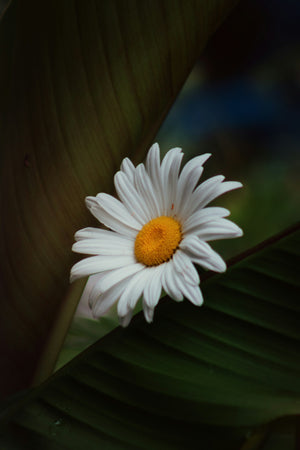
CARE
Leucanthemum offers lasting beauty with minimal upkeep, but consistent care will help maximize its flowering potential:
- Watering: Water regularly during dry spells, especially during the first growing season. Established plants tolerate short dry periods.
- Fertilizing: Apply a balanced fertilizer in early spring. Avoid excessive feeding, which can lead to floppy growth.
- Deadheading: Remove spent flowers to prolong blooming and prevent self-seeding.
- Pruning: Cut back plants in late fall after flowering or in early spring to remove dead growth.
- Dividing: Divide clumps every 2–3 years in spring or early fall to rejuvenate plants and prevent overcrowding.
Leucanthemum is relatively pest- and disease-resistant but can be susceptible to powdery mildew or leaf spot in humid climates. Space plants properly and water at the base to reduce issues.
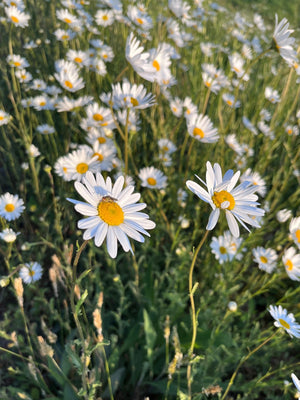
HOW TO USE
Leucanthemum’s bright blooms and reliable habit make it a versatile choice across garden styles:
- Cottage Gardens: Combine with echinacea, salvia, or monarda for a traditional, pollinator-friendly border.
- Sunny Borders: Use taller varieties like 'Becky' or 'Victorian Secret' for vertical interest in mixed beds.
- Edging & Fronts of Beds: Compact types like 'Snowcap' or 'Snow Lady' are ideal for pathways and border fronts.
- Cut Flower Gardens: The long-lasting blooms are perfect for fresh floral arrangements.
- Pairing Suggestions: Pair with coreopsis, rudbeckia, nepeta, or lavender for texture contrast and extended seasonal interest.
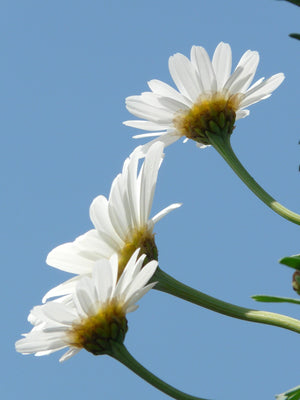
Common Questions
- Are Leucanthemum deer resistant? Yes, most varieties are naturally deer resistant.
- Are Leucanthemum perennials? Yes, they are long-lived perennials that return year after year.
- Do deer eat Leucanthemum? Rarely. Their strong scent and coarse foliage tend to deter deer.
- How to deadhead Leucanthemum? Snip off individual spent flowers at the base of the flower stem to encourage more blooms.
- Are Leucanthemum toxic to dogs? They may cause mild gastrointestinal upset if ingested, but they are generally considered low-toxicity.
- Are Leucanthemum toxic to cats? Yes, ingestion may cause mild symptoms such as vomiting or drooling.
- Do rabbits eat Leucanthemum? They are not a preferred food for rabbits, though nibbling may occur.
- Do Leucanthemum spread? They form clumps and can slowly expand over time but are not considered invasive.
- How tall do Leucanthemum grow? Depending on variety, heights range from 12 inches ('Snow Lady') to 36 inches ('Becky').
Conclusion
Leucanthemum brings a timeless, cheerful presence to sunny gardens with its classic white blooms and strong performance. Whether you’re planting a formal border or a pollinator-friendly meadow, these hardy perennials deliver season-long color and structure. With options from dwarf to tall, there’s a Shasta Daisy for every garden style.
The Leucanthemum Collection
Sold Out
Sold Out
Sold Out
Sold Out






